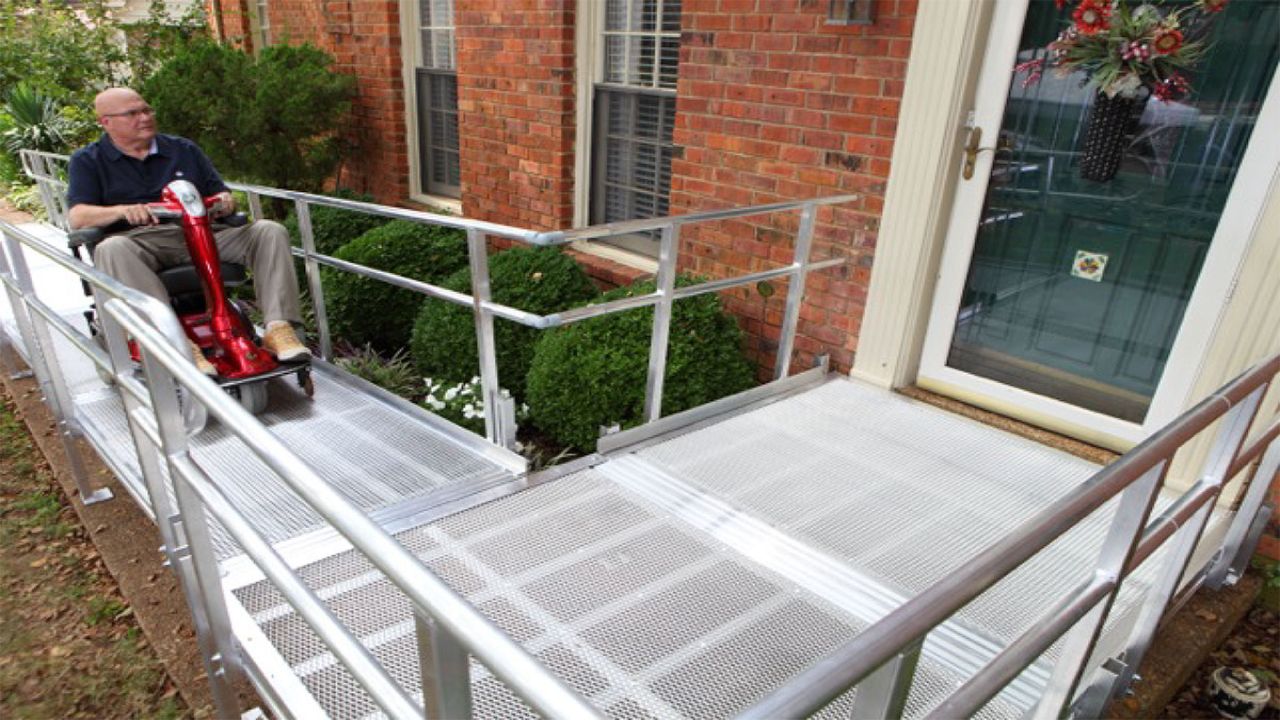Designing for senior citizens requires a thoughtful approach that prioritizes accessibility, comfort, and usability. As our population ages, it becomes increasingly important to ensure that our environments, products, and services are tailored to meet the needs of older adults.
From housing and transportation to technology and public spaces, incorporating principles of senior-friendly design can greatly enhance the quality of life for older individuals. In this article, we’ll explore key considerations and strategies for designing with seniors in mind.
Understanding the Needs

Before we delve into specific design solutions, it’s essential to grasp the distinct needs and challenges confronting senior citizens. The World Health Organization reports that approximately 15% of the world’s population is aged 60 or over, a figure projected to double by 2050. This demographic shift brings about notable changes in both physical and cognitive capabilities among older individuals.
Challenges such as reduced mobility, vision and hearing impairments, and decreased dexterity often accompany advancing age. Moreover, seniors may encounter social isolation, financial constraints, and health issues that significantly affect their daily lives.
Understanding these multifaceted aspects is pivotal in creating inclusive designs that cater to the diverse needs of seniors. For further insights into the specific needs of senior citizens, resources such as the Choice Senior Life website offer valuable information and guidance.
Incorporating Accessibility Features
One of the fundamental principles of designing for seniors is prioritizing accessibility. This includes making spaces, products, and services easy to navigate and use for individuals with varying levels of ability. Some common accessibility features to consider include:
Clear signage and way-finding: Ensure that signage is easy to read with large fonts and high-contrast colors. Clear, directional cues can help seniors navigate unfamiliar environments more confidently.
Mobility-friendly design: Create barrier-free environments with wide doorways, ramps, and handrails to accommodate wheelchairs, walkers, and mobility aids. Non-slip flooring and level surfaces can also prevent slips and falls.
Adaptive technology: Incorporate technology that can be easily customized to meet the needs of seniors, such as adjustable font sizes, voice commands, and tactile interfaces.
Prioritizing Comfort and Safety

Comfort and safety are paramount considerations when designing for seniors. From residential buildings to public spaces, creating environments that promote well-being and security is essential. Here are some strategies to enhance comfort and safety:
Age-in-place design: Design homes and communities that support aging in place, allowing seniors to remain in their own homes as they grow older. This may include features like single-story layouts, zero-step entrances, and accessible bathrooms.
Good lighting: Adequate lighting is crucial for seniors with vision impairments. Ensure that indoor and outdoor spaces are well-lit to reduce the risk of accidents and improve visibility.
Emergency response systems: Implement emergency response systems, such as panic buttons or wearable devices, that enable seniors to call for help in case of emergencies.
Promoting Social Engagement
Social isolation is a prevalent issue among seniors, with potentially harmful effects on their mental and physical well-being. It’s imperative to address this concern by creating spaces that encourage social interaction and community engagement. Drawing insights from surveys conducted by My Guide For Seniors, designers can implement strategies to tackle social isolation effectively. Consider the following approaches:
Community spaces: Create gathering spaces within residential complexes and public areas where seniors can socialize, participate in activities, and build connections with their peers.
Intergenerational programs: Foster intergenerational interactions by organizing programs and events that bring together people of different ages. This can help combat loneliness and promote a sense of belonging.
Accessible transportation: Ensure that public transportation systems are senior-friendly, with features such as priority seating, low-floor buses, and step-free access to stations.
Designing for senior citizens requires a holistic approach that addresses their diverse needs and preferences. By incorporating principles of accessibility, comfort, safety, and social engagement, designers can create environments that enhance the quality of life for older adults. As our population continues to age, it’s essential to prioritize inclusive design practices that promote independence, dignity, and well-being for seniors.